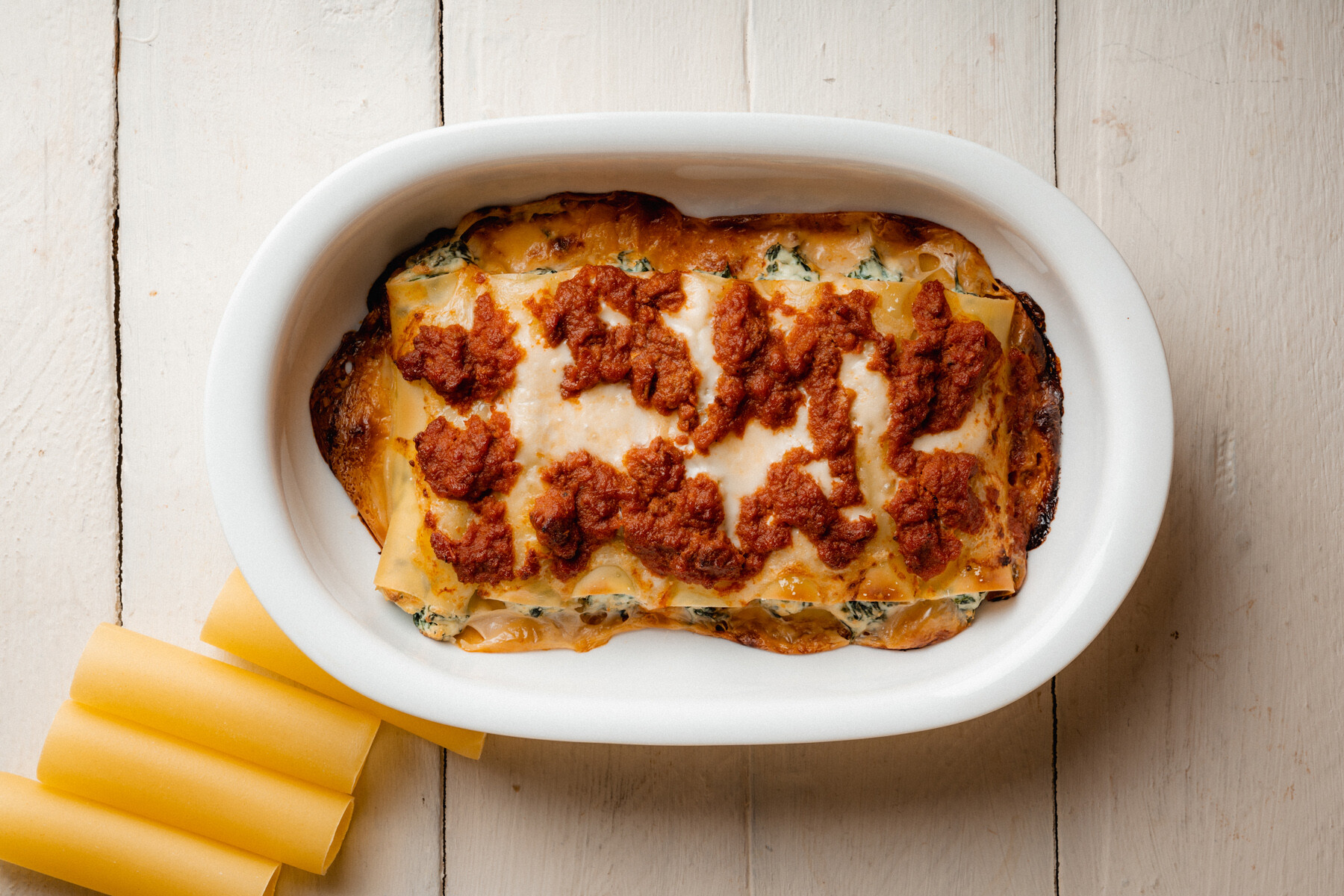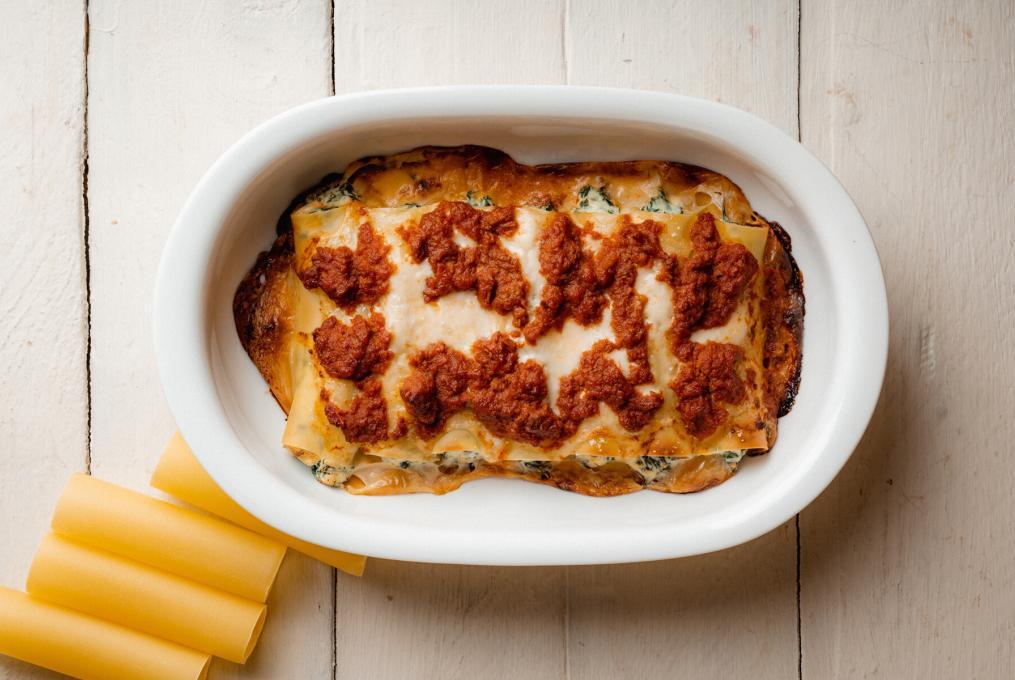A slow-cooked masterpiece that has woven itself into the fabric of Italian culinary tradition: Ragù sauce is the protagonist of today’s delicious tale. Follow along as we recount the history, flavors and cultural significance of this rich and savory sauce. Originating from the Emilia-Romagna region in Italy, ragù has a storied past that dates back centuries, evolving from humble beginnings into a culinary icon renowned around the world.

The essence of Ragù sauce
Ragù sauce, with its myriad variations ranging from beef and Chianina to chicken and wild boar, has become a staple on supermarket shelves worldwide. Every Italian region boasts its own rendition, each claiming to be the most authentic, often tracing back to cherished family recipes. But what exactly is ragù? Dictionaries define it as a slow-cooked, coarse mince composed of various ingredients simmered for hours over low heat, resulting in a rich and flavorful sauce. While traditionally made with meat, modern interpretations include versions with fish or even vegetarian alternatives like soy or tofu.
There are essentially two types of ragù: one made with minced meat and the other with a whole piece of meat cooked slowly. The former, exemplified by the famed Bolognese ragù, hails from the Emilia-Romagna region, while the latter is associated with southern Italian cuisines. However, the versatility of ragù knows no bounds, with countless variations found across the country.
The origins of Ragù sauce
The term “ragù” finds its roots in the French “ragoût,” meaning to awaken the appetite, reflecting its original purpose as a flavorful stew. Over time, it became synonymous with sauce, particularly when paired with pasta or rice. The origins of ragù can be traced back centuries, with early references found in Vincenzo Agnoletti’s culinary manual from 1832. Describing various meat-based preparations, Agnoletti sheds light on the diverse uses of ragù in Italian cuisine, from stuffing to garnishing. The term “ragù” has since become synonymous with hearty, comforting dishes that evoke a sense of tradition and nostalgia.
Today, ragù continues to captivate palates worldwide, celebrated for its depth of flavor and culinary versatility. Whether enjoyed atop a plate of tagliatelle or stuffed into tortelli, ragù remains a beloved symbol of Italian gastronomy, embodying the essence of slow-cooked tradition and culinary heritage.
Ragù-based recipes
Ragù-based delicacies offer a tantalizing array of flavors and textures to explore in Italian cuisine. From the iconic tagliatelle alla bolognese to the hearty filled cannelloni, ragù serves as the star ingredient in a myriad of Italian classics. Whether served over pasta, layered between sheets of pasta, or spooned atop creamy polenta, ragù adds a touch of comfort and sophistication to every dish it graces.

For all the tomato sauce lovers out there, there are plenty of other delicious options to explore. Puttanesca sauce, with its briny olives, capers, and anchovies, offers a bold and tangy flavor profile that pairs beautifully with spaghetti or penne. Arrabbiata sauce, known for its fiery kick from red chili peppers, adds a spicy element to any pasta dish, while amatriciana sauce, with its savory blend of tomatoes, pancetta, and pecorino cheese, offers a hearty and robust flavor that’s perfect for coating pasta tubes like bucatini or rigatoni. These tomato-based sauces may not be traditional ragù, but they still showcase the rich and vibrant flavors of Italy’s culinary heritage.
As we celebrate the richness and depth of flavor found in ragù sauce, we pay homage to the artisans and home cooks who have preserved its legacy for generations. At Casa Rinaldi, we honor the traditions of Italian cuisine by crafting our own authentic tomato-based sauces using time-honored recipes and the finest quality ingredients. With each jar, we invite you to experience the warmth and comfort of Italian cooking, one delicious spoonful at a time. Buon appetito!
